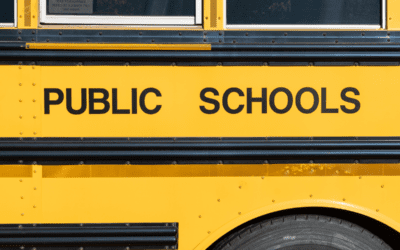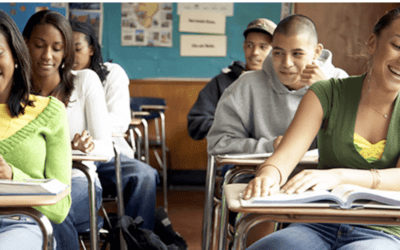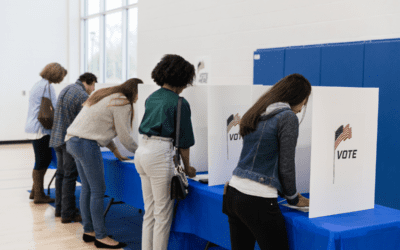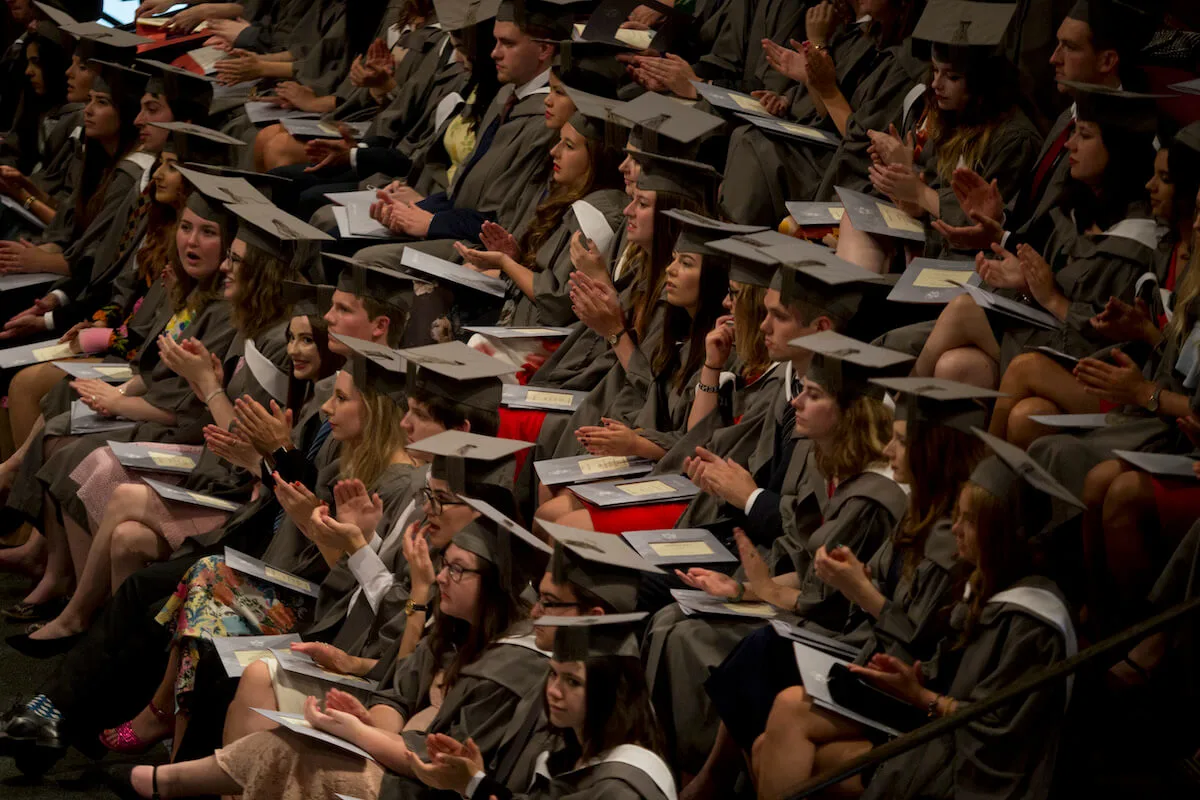
#image_title
The two candidates have wildly different approaches to how college students handle student loans.
Student debt is one of the biggest issues facing the nation, with 45 million young Americans owing a collective $1.7 trillion to college-education lenders, a reality that cripples economic prosperity and prevents young people from buying high-ticket items like houses and cars.
And Wisconsin is anything but exempt. Sixty-four percent of college graduates in the state leave school with debt averaging $31,705, and Wisconsinites’ student debt totals $24 billion. More than a tenth of state residents, 710,000, carry federal student loan debt, and the median debt is $17,323, according to a presentation from UW-Madison professor Nick Hillman.
The issue is so prevalent Gov. Tony Evers created a task force on student loan debt in January. The task force turned in a 120-page report in August that painted a grim picture—one that can only be totally solved by federal action because the federal government issues such a large proportion of student debt. Among the reports recommendations: give “special consideration” to loan forgiveness.
President Donald Trump has never spoken about student loan forgiveness, other than to propose ending Public Service Loan Forgiveness, a program signed into law under President George W. Bush that allows students to have their loans forgiven after making 10 years of loan payments while working in qualified public-service sectors such as public education or law enforcement (the Department of Education under Trump rejected 99% of applications from 2018 to 2019 despite having $700 million set aside for the program by Congress).
Democratic presidential nominee Joe Biden would make tuition free at public colleges and universities for students coming from families who make less than $125,000 and forgive debt incurred by students who already took out loans but would have qualified for the free tuition. He also proposed reforming the Public Service Loan Forgiveness program by forgiving $10,000 of debt per year up to five years for public-service employees, flat-out forgiving $10,000 of debt for all Americans as part of a coronavirus relief package, and giving young people a $15,000 credit toward a down payment for a house.
The Georgetown University Center on Education and the Workforce analyzed Biden’s free-tuition plan and concluded it would pay for itself in 10 years.
Trump has never endorsed tuition-free college.
Another area the two candidates diverge is in income-based loan repayment plans. Trump would raise the minimum monthly payment from 10% to 12.5% of a student’s discretionary income, while Biden would halve it to 5%.
“What It Means” is a series on how President Donald Trump and former Vice President and Democratic challenger Joe Biden differ on the big issues impacting Wisconsin.
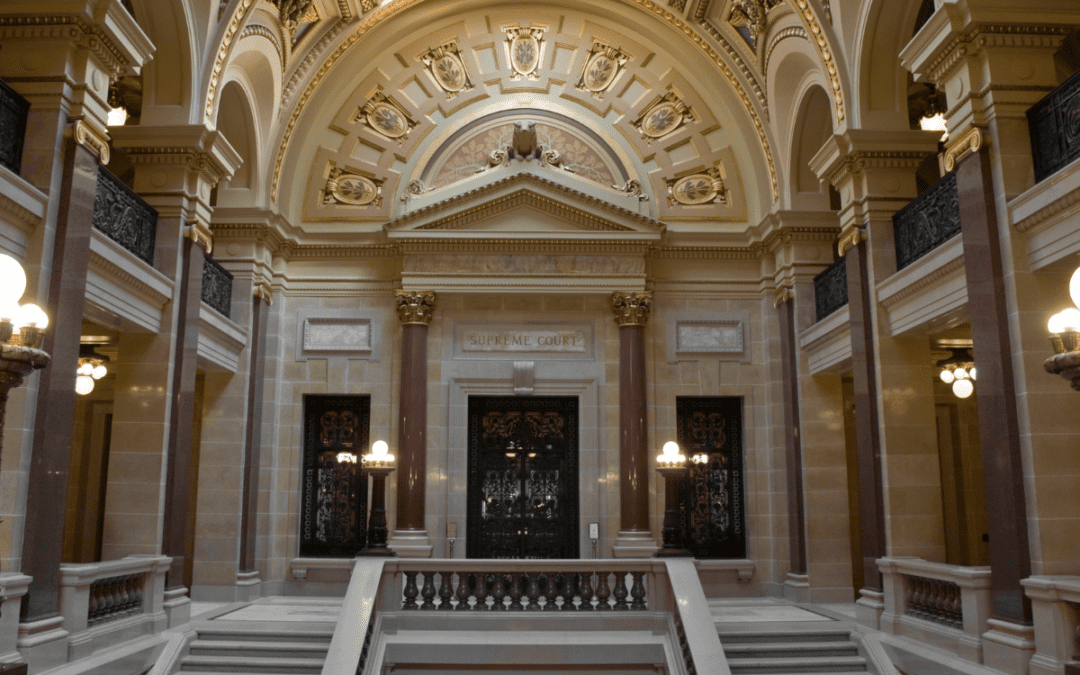
Opinion: Many to thank in fair maps victory for Wisconsinites
On February 19, 2024, Governor Tony Evers signed into law new and fair state legislative maps, bringing hope for an end to over a decade of...

Opinion: Empowering educators: A call for negotiation rights in Wisconsin
This week marks “Public Schools Week,” highlighting the dedication of teachers, paras, custodians, secretaries and others who collaborate with...
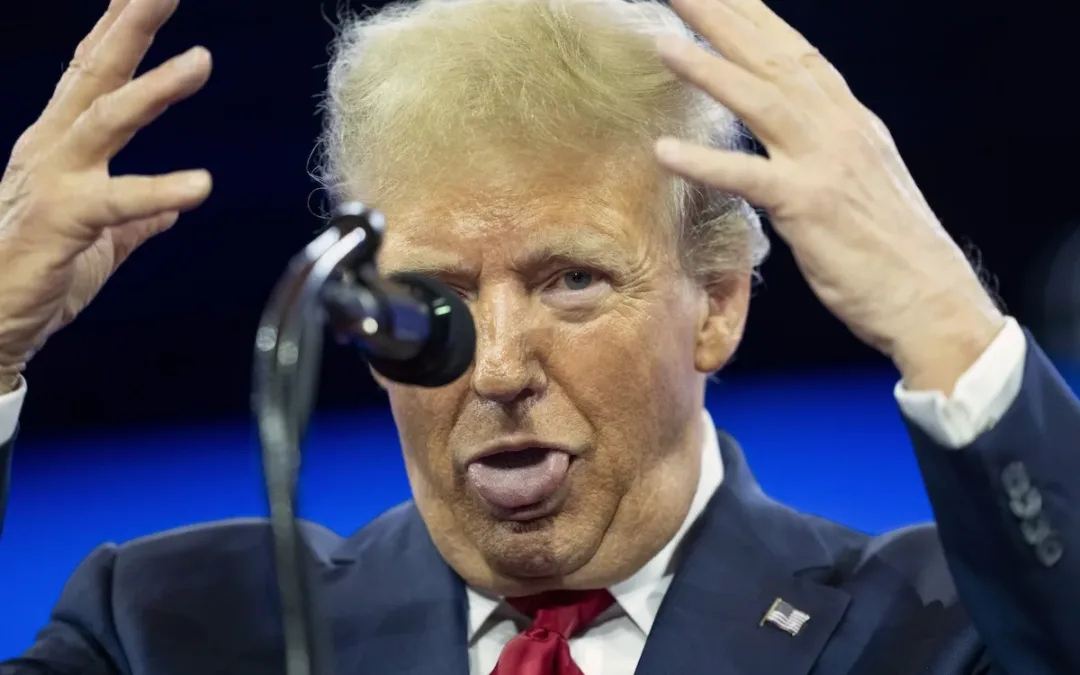
Op-ed: Trump’s journey from hosting The Apprentice to being the biggest loser
Leading up to the 2016 election, Donald Trump crafted an image of himself as a successful businessman and a winner. But in reality, Trump has a long...
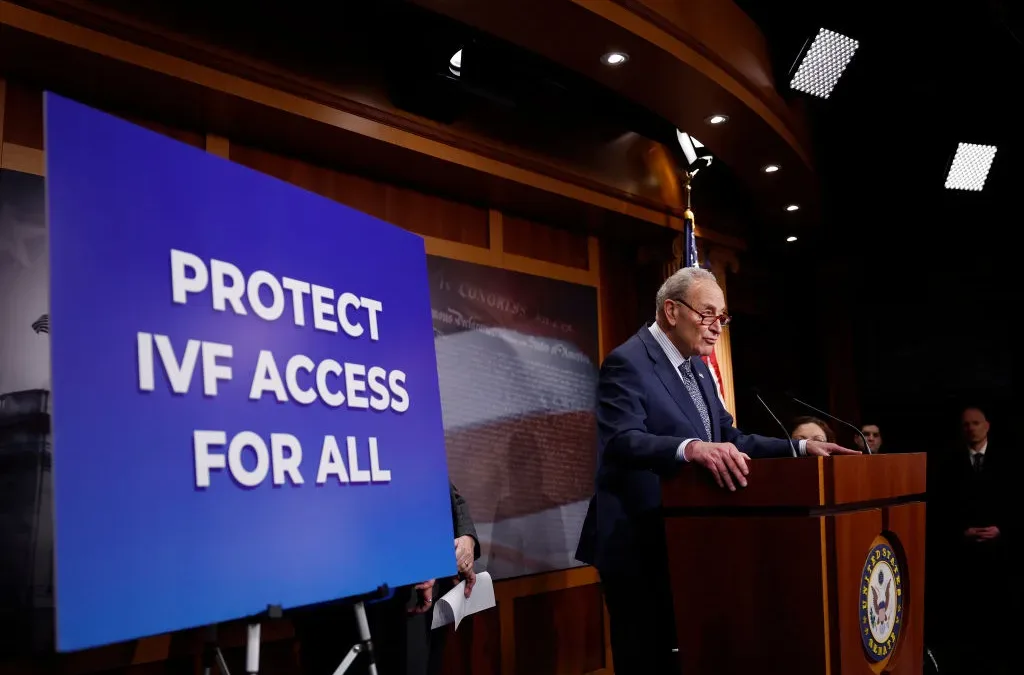
Not just abortion: IVF ruling next phase in the right’s war on reproductive freedom
Nearly two years after the US Supreme Court overturned Roe v. Wade, another court is using that ruling to go after one of the anti-abortion right’s...


